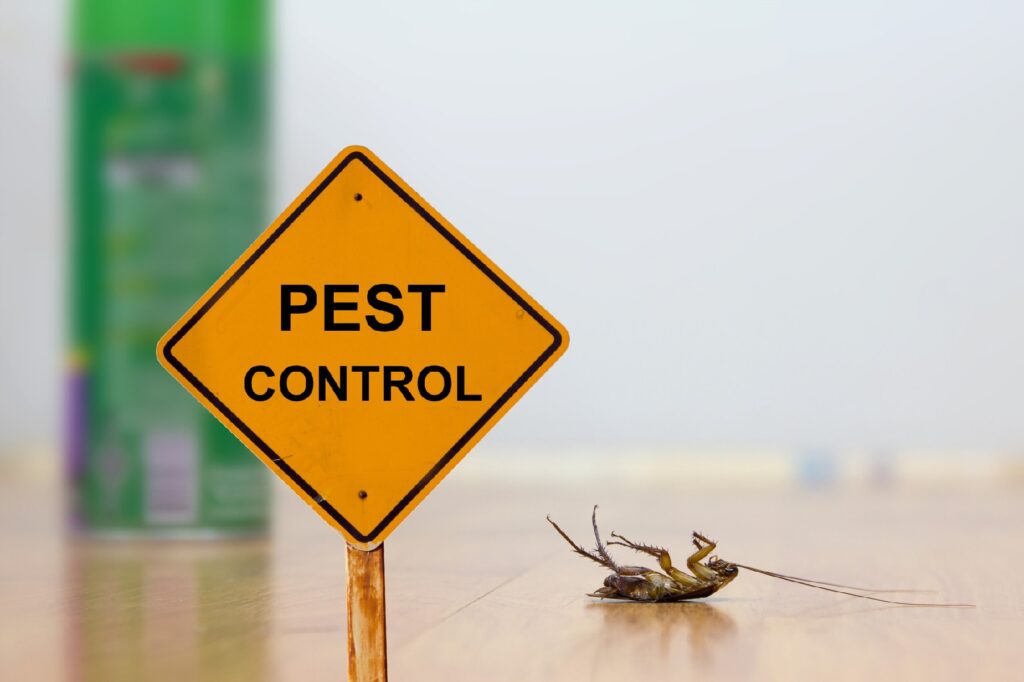Quality A1 Pest Control Services Charlotte - Safeguard Your Home
Quality A1 Pest Control Services Charlotte - Safeguard Your Home
Blog Article
Bed Bug Therapy Break Down: Contrasting Chemical Vs. Non-Chemical Solutions
In the realm of bug control, particularly when dealing with the persistent issue of bed bugs, the selection in between chemical and non-chemical treatment remedies can be a critical one. Both techniques offer unique benefits and drawbacks, affecting elements such as effectiveness, safety considerations, and general price. By taking a look at the nuanced information of each technique, a more clear understanding of which path to pursue in resolving a bed bug invasion can be acquired.
Performance of Chemical Treatments
Chemical treatments for bed bug invasions have been commonly identified for their quick and powerful efficiency in removing these pests. When taking into consideration the efficiency of chemical therapies, it is critical to recognize that they can give a fast and comprehensive option to a bed insect problem. Professional pest control experts often depend on pesticides to target bed pests at numerous stages of their life cycle, consisting of nymphs, grownups, and eggs. These chemicals normally work by disrupting the bed insects' nerve system, causing paralysis and eventual death.
Furthermore, chemical treatments have the advantage of supplying residual impacts, meaning that they can continue to eliminate bed pests even after the preliminary application. This residual activity is especially beneficial in combating any possible re-infestations. Furthermore, the quick action of chemical treatments can bring relief to individuals facing serious bed pest invasions, permitting them to gain back control of their living rooms promptly.
Safety And Security Concerns With Chemical Solutions
One vital facet that requires careful factor to consider when making use of chemical solutions for bed insect treatment is making certain the safety and security of occupants and the environment. While chemical therapies can be efficient in eradicating bed bugs, they might pose threats otherwise dealt with correctly. Among the key safety and security worries with chemical services is the prospective injury they can create to human health. Direct exposure to particular chemicals utilized in bed bug treatments can result in respiratory system issues, skin irritability, or other damaging reactions, particularly in people with pre-existing problems or sensitivities. Furthermore, improper application or dose of chemical pesticides can lead to toxic residues remaining in the cured location, posturing long-term health and wellness dangers to occupants.
Additionally, the ecological impact of chemical services is one more significant factor to consider. Some chemicals made use of in bed bug treatments might be hazardous to beneficial bugs, wildlife, and environments if they seep right into the soil or water supply. It is vital to utilize chemical treatments judiciously, adhering to security guidelines, and considering much less harmful alternatives to mitigate these threats and make certain the risk-free and reliable management of bed pest problems.
Advantages of Non-Chemical Methods
Considering the prospective safety issues and ecological impact associated with chemical options for bed pest therapy, checking out non-chemical methods presents an appealing choice with several unique advantages. Non-chemical methods offer a much safer option for houses, particularly those with pet dogs, individuals, or kids delicate to harsh chemicals. These approaches remove the threats i thought about this of exposure to toxic compounds, lowering the possibility for adverse health impacts. Additionally, non-chemical treatments are eco-friendly, as they do not add to air or water pollution, making them a lasting choice for parasite control.
Additionally, non-chemical options can be efficient in targeting bed pests, consisting of hard-to-reach areas where chemical treatments may not permeate. Approaches such as warmth therapy, vacuuming, vapor cleansing, and bed mattress coverings supply comprehensive eradication without making use of harmful chemicals. Furthermore, non-chemical strategies can be less turbulent, calling for marginal preparation and enabling for quicker reentry into treated areas. In general, going with non-chemical bed pest treatment methods not only prioritizes security and environmental management however likewise ensures efficient and thorough parasite control.
Limitations of Non-Chemical Treatments

Furthermore, non-chemical therapies typically require multiple applications to attain successful obliteration. This can be time-consuming and may not always assure full elimination of all bed pests and their eggs, particularly in concealed or hard-to-reach locations.
In addition, the success of non-chemical therapies heavily counts on proper application and thoroughness, which can be challenging navigate to these guys for people without expert competence. Poor application of non-chemical techniques might lead to insufficient obliteration, termite care causing persistent infestations and the demand for added treatments.
Consequently, while non-chemical treatments have their benefits, it is vital to acknowledge these constraints and consider them when identifying one of the most effective technique for taking care of bed pest problems.
Cost Contrast: Chemical Vs. Non-Chemical Options
Offered the constraints linked with non-chemical treatments, a crucial facet to assess in the context of bed pest monitoring is the expense comparison in between chemical and non-chemical options. In comparison, non-chemical therapies like warm treatment or steam can be much more expensive, with prices ranging from $1,000 to $6,000 for an entire home. While the first price of chemical therapies may seem lower, several therapies might be required to totally eliminate the problem, possibly boosting the general price.
Final Thought

Taking into consideration the possible safety and security concerns and ecological influence associated with chemical services for bed pest treatment, discovering non-chemical techniques provides a promising alternative with numerous distinct benefits.Given the constraints connected with non-chemical treatments, an essential element to examine in the context of bed insect monitoring is the cost contrast between chemical and non-chemical choices. In comparison, non-chemical treatments like warmth treatment or heavy steam can be much more costly, with prices varying from $1,000 to $6,000 for an entire home. While the preliminary cost of chemical treatments might seem lower, numerous therapies might be required to fully eradicate the invasion, possibly enhancing the total price.In verdict, when comparing chemical and non-chemical bed bug treatment options, it is necessary to think about effectiveness, safety, benefits, restrictions, and price.
Report this page